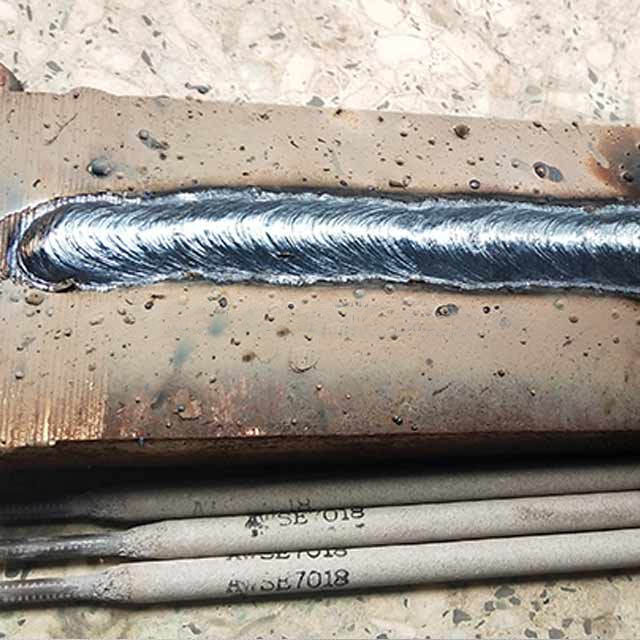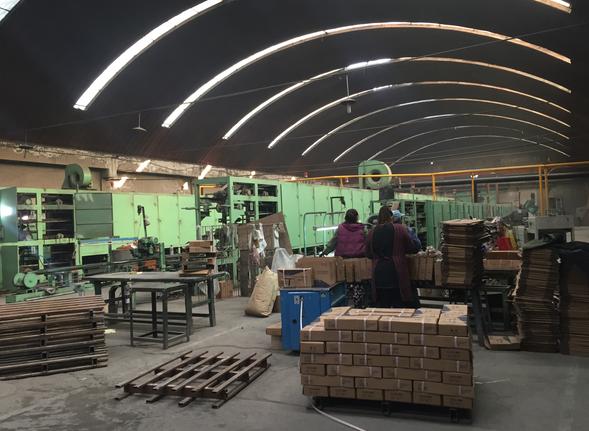2 月 . 05, 2025 04:30
Back to list
carbon steel welding electrode
Stick electrode welding, also known as shielded metal arc welding (SMAW), is a widely used process in the fabrication and construction industries. This time-tested welding method is renowned for its versatility, simplicity, and effectiveness, making it an invaluable tool for professionals across various fields. In this article, we delve into the world of stick electrode welding with insights born from years of practical experience and expert knowledge, ensuring a comprehensive understanding of this essential technique.
Perfecting the technique of stick electrode welding involves honing skills in electrode manipulation, arc length control, and travel speed. Seasoned welders emphasize the importance of maintaining a consistent arc length, typically equal to the diameter of the electrode, to ensure a stable arc and optimal weld bead. Furthermore, electrode manipulation—such as weaving or stringer techniques—affects the bead shape and penetration. Weaving is particularly effective in filling wide gaps or creating wider beads, while stringer techniques are preferred for root passes or thin materials. One key insight is the management of heat input; excessive heat can lead to distortion and weaken the weld, while insufficient heat may result in poor fusion. Knowledgeable practitioners skillfully balance heat input to produce strong and aesthetically pleasing welds. Building Authority Through Quality Control and Safety Trustworthiness in stick electrode welding stems from adhering to stringent quality control measures and safety protocols. Experienced professionals are meticulous in their inspection of welds, employing non-destructive tests like ultrasonic or radiographic testing to detect internal defects. By ensuring the integrity of each weld, they uphold industry standards and customer expectations. Additionally, maintaining a safe working environment is paramount. Experts stress the importance of proper protective gear, such as welding helmets, gloves, and flame-resistant clothing, to mitigate the risks associated with arc radiation and spatter. Adequate ventilation is equally essential to prevent the inhalation of harmful fumes generated during welding. Conclusion Stick electrode welding remains an indispensable technique for metallurgical fabrication and repair, backed by decades of proven success. Armed with a thorough understanding of electrode selection, mastering technique, and commitment to quality and safety, welders not only enhance their expertise but also affirm their role as authoritative figures in the welding community. As industries evolve and new challenges present themselves, the enduring relevance of stick electrode welding continues to shine, affirming its place as a trusted ally in the world of metalworking.


Perfecting the technique of stick electrode welding involves honing skills in electrode manipulation, arc length control, and travel speed. Seasoned welders emphasize the importance of maintaining a consistent arc length, typically equal to the diameter of the electrode, to ensure a stable arc and optimal weld bead. Furthermore, electrode manipulation—such as weaving or stringer techniques—affects the bead shape and penetration. Weaving is particularly effective in filling wide gaps or creating wider beads, while stringer techniques are preferred for root passes or thin materials. One key insight is the management of heat input; excessive heat can lead to distortion and weaken the weld, while insufficient heat may result in poor fusion. Knowledgeable practitioners skillfully balance heat input to produce strong and aesthetically pleasing welds. Building Authority Through Quality Control and Safety Trustworthiness in stick electrode welding stems from adhering to stringent quality control measures and safety protocols. Experienced professionals are meticulous in their inspection of welds, employing non-destructive tests like ultrasonic or radiographic testing to detect internal defects. By ensuring the integrity of each weld, they uphold industry standards and customer expectations. Additionally, maintaining a safe working environment is paramount. Experts stress the importance of proper protective gear, such as welding helmets, gloves, and flame-resistant clothing, to mitigate the risks associated with arc radiation and spatter. Adequate ventilation is equally essential to prevent the inhalation of harmful fumes generated during welding. Conclusion Stick electrode welding remains an indispensable technique for metallurgical fabrication and repair, backed by decades of proven success. Armed with a thorough understanding of electrode selection, mastering technique, and commitment to quality and safety, welders not only enhance their expertise but also affirm their role as authoritative figures in the welding community. As industries evolve and new challenges present themselves, the enduring relevance of stick electrode welding continues to shine, affirming its place as a trusted ally in the world of metalworking.
Latest news
-
E316L Welding Rod: Premium 316L Stainless Steel WeldsNewsAug.11,2025
-
Premium SG2 Welding Wire | High-Quality MIG/MAG for SteelNewsAug.10,2025
-
E309 Welding Electrode: Premium Stainless Steel Stick RodsNewsAug.09,2025
-
Premium Solid MIG Wire for Strong, Reliable WeldsNewsAug.08,2025
-
E6010 Cellulose Electrode: Deep Penetration Steel Welding RodNewsAug.07,2025
-
Premium E316L Welding Rod for 316L Stainless SteelNewsAug.06,2025


